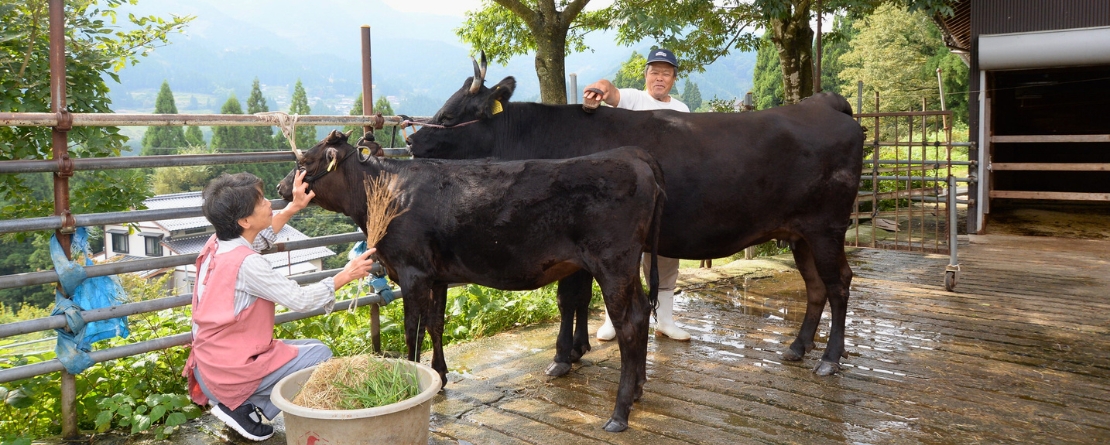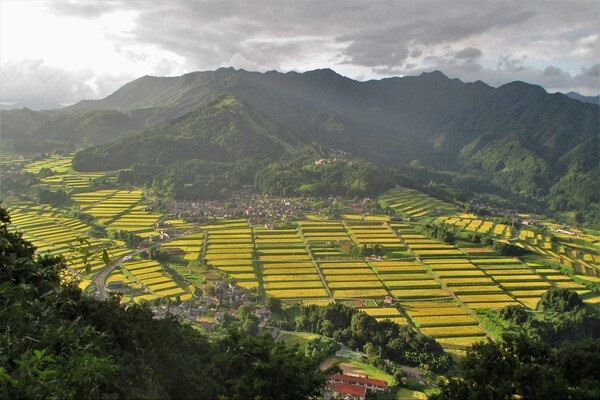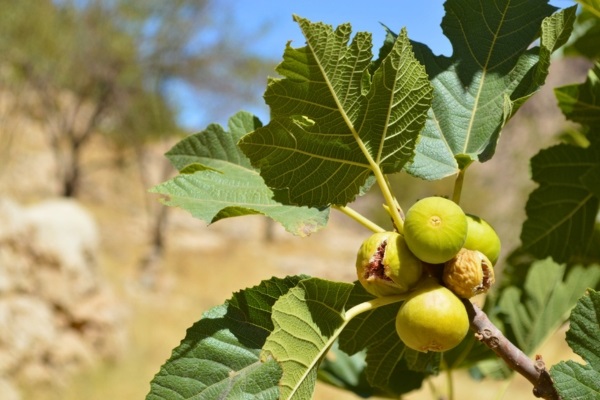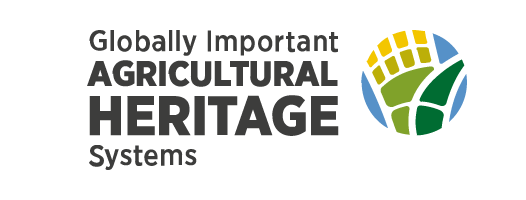Integrated Farming System for Harmonizing People and Cattle in the Mikata District, Japan
GIAHS since 2023

Photo courtesy of GIAHS: Integrated Farming System for Harmonizing People and Cattle in the Mikata District
Mikata District's diverse topography supports a rich ecosystem through traditional rice farming and Tajima cattle rearing, preserving biodiversity. Known for Tajima cattle, the ancestor of Kobe beef, the area emphasizes sustainable practices and small-scale farming, ensuring intensive care and maintaining genetic diversity. This approach has made it a model for agricultural sustainability.
Proposal
.jpg?sfvrsn=5a0f467_1)
Proposal: Integrated Farming System for Harmonizing People and Cattle in the Mikata District, Japan
01/01/2023
The proposed system is located in Mikata district in the northern part of Hyogo prefecture, Japan. A large part of the proposed site is not suitable for cultivation since mountains and forests cover about 85% of the site. Flat lands are only seen around the mouths of rivers such as the Kishida River and the Yada River.
Action plan
.jpg?sfvrsn=46fa38a8_1)
Action plan: Integrated Farming System for Harmonizing People and Cattle in the Mikata District, Japan
01/01/2023
The proposed system is located in Mikata district in the northern part of Hyogo prefecture, Japan. A large part of the proposed site is not suitable for cultivation since mountains and forests cover about 85% of the site. Flat lands are only seen around the mouths of rivers such as the Kishida River and the Yada River. Most communities are located in valleys among the mountains.
Multimedia

Photos
Flickr Album: Integrated Farming System for Harmonizing People and Cattle in the Mikata District, Japan
03/03/2021
Japan - Integrated Farming System for Harmonizing People and Cattle in the Mikata District
News

Globally Important Agricultural Heritage Systems: Iran and Japan get additional sites
06/07/2023
Webinar
25/ 4
2024
26/4
2024
Sustainable production and agrifood systems based on GIAHS approaches
Virtual Event, 25/04/2024 - 26/04/2024
The pressing necessity to transform existing agrifood systems, characterized by their substantial environmental challenges—including the excessive use of pesticides and fertilizers, greenhouse gas emissions, water overexploitation, biodiversity depletion, and soil degradation—into systems that are resilient and sustainable is becoming widely recognized on a global scale.


